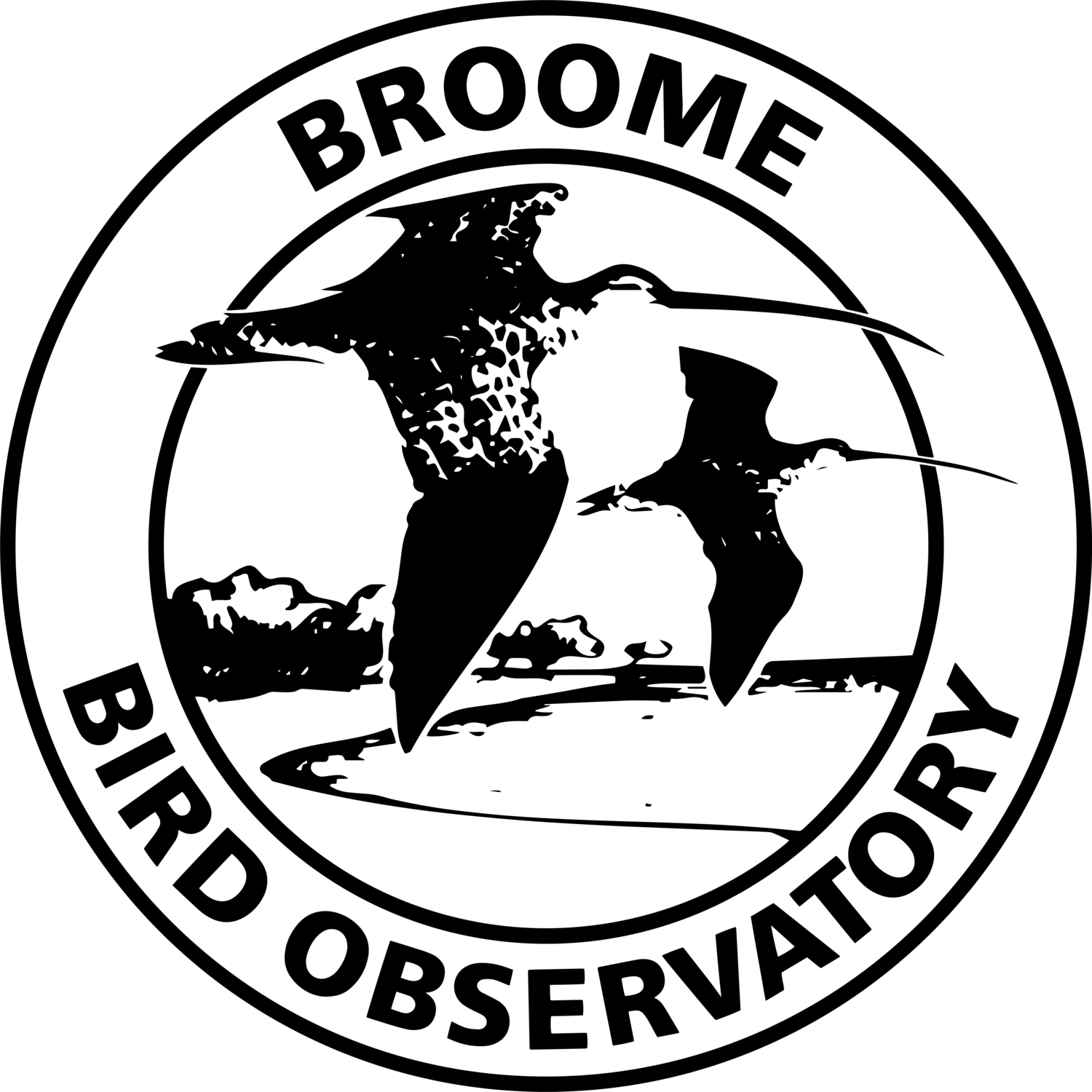Late June to early August (2015)
A lone Banded Stilt at Duck Lake. Photo: John Graff
Although the majority of waders have left our shores at this time of year, counts in early July indicated about 17,000 waders were still using Roebuck Bay. The highlight was a Eurasian Curlew seen during wader counts at Bush Point, probably the same bird seen in the bay earlier in the year. Unfortunately it hasn’t appeared on any more accessible areas of the bay since, but we remain hopeful! Several of the usual drawcards do continue to be seen regularly in the bay. Asian Dowitcher were seen regularly near the observatory during late June, but disappeared for most of July. They’ve now returned though, and are being seen quite regularly on the high tide roosts, with a high count of seven at Wader Beach on the 7th August. At least one Common Redshank has also overwintered and has been seen regularly on the mudflats at Crab Creek, while also putting in an appearance on the roost at Quarry Beach on the 6th August. Good numbers of Broad-billed Sandpiper have overwintered, and can be seen most days at Wader Beach when the tide is in (often with counts in double figures), and sometimes at other roost sites, particularly Quarry Beach. The first returning waders were also noted in late July, with the arrival of the first Common and Wood Sandpipers, while a single Sharp-tailed Sandpiper reported several times in the bay in early August may also be the first return of that species.
Out on the plains Yellow Chat continue to be seen reliably out on Roebuck Plains behind the observatory, particularly around Kidney Bean. There have also been a couple of reports from closer to the observatory along the Malurus Trail. A single Banded Stilt was seen at Duck Lake on several occasions during July, while a pair of Banded Lapwing were seen around Rat Poison Tank on Roebuck Plains Station on the 17th and 18th July. Stubble Quail have also been seen occasionally on the tracks around Kidney Bean.
Two Banded Lapwings were seen in July at Rat Poison Tank on Roebuck Plains Station. Photo: John Graff
Around the observatory grounds, at least two Red-capped Robins have been seen intermittently throughout July and early August, while an obliging Tawny Frogmouth has been a regular fixture in the trees around the viewing platform. Both Varied and Red-collared Lorikeets have also been seen heading east over the observatory in small flocks on most days. A recent raptor highlight was a Square-tailed Kite seen twice in July east of the observatory near One Tree.
Seabird monitoring trips were again conducted aboard fishing charters in early July and early August, but seabird variety was low on both trips. Wilson’s Storm-Petrel was the only tubenose present, and was the most commonly recorded species alongside Brown Booby. The July trip did produce the first Roseate Tern record of the year, a single bird feeding with a small group of Lesser Crested Terns.


